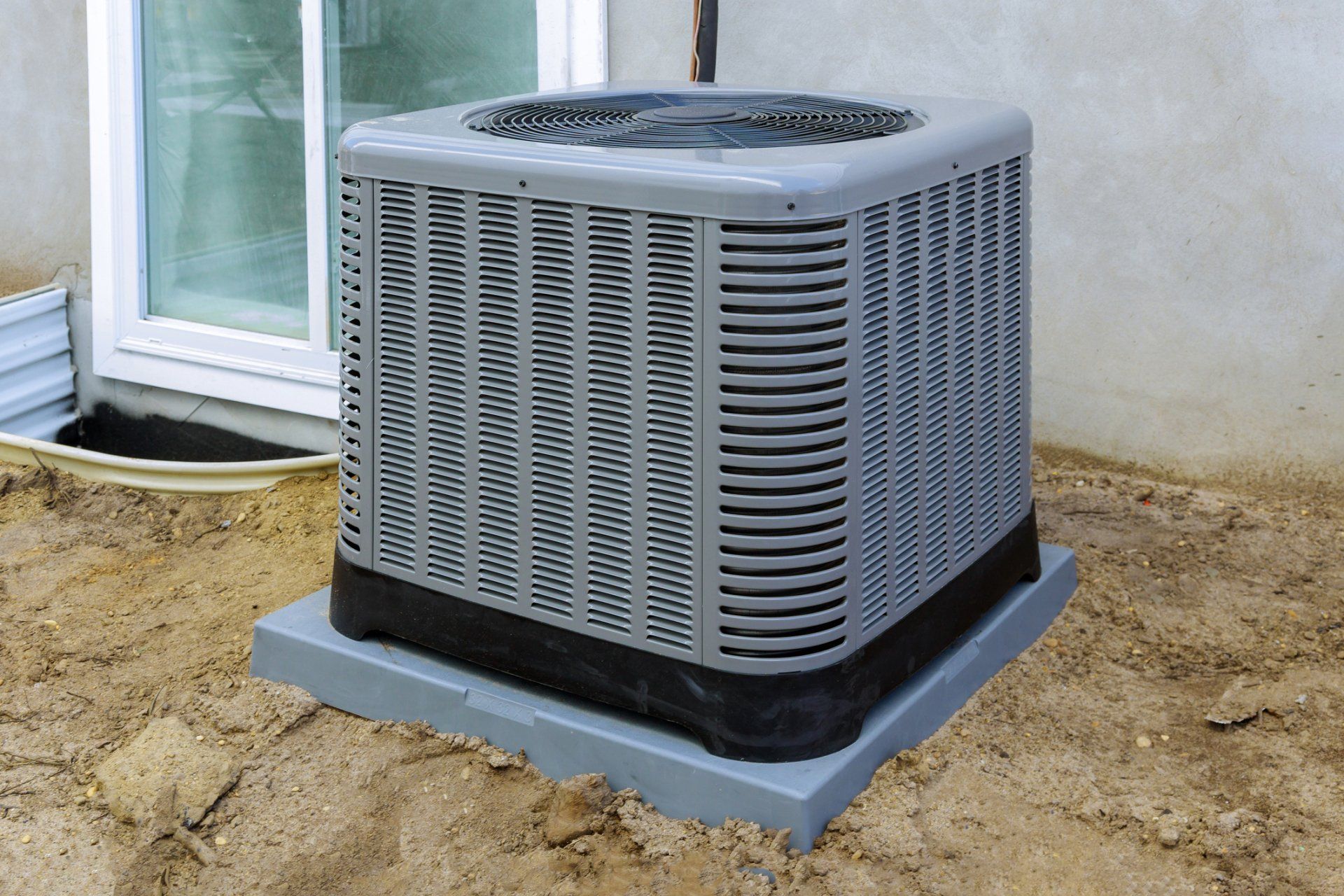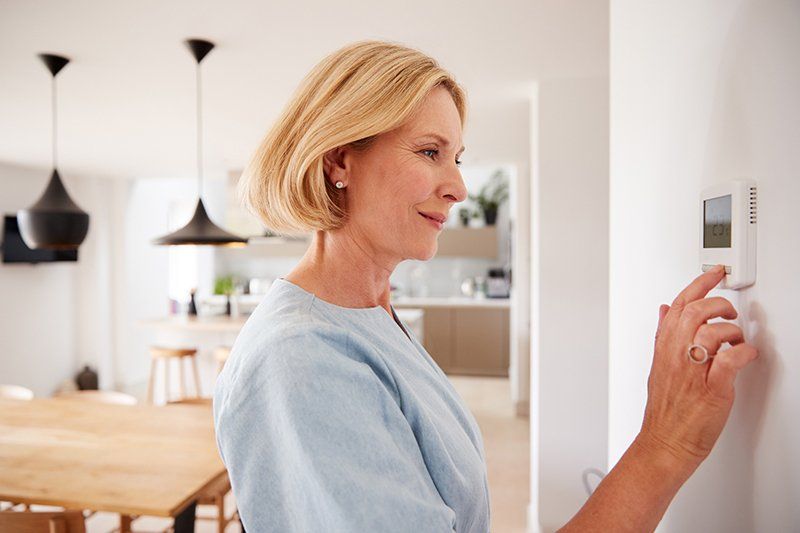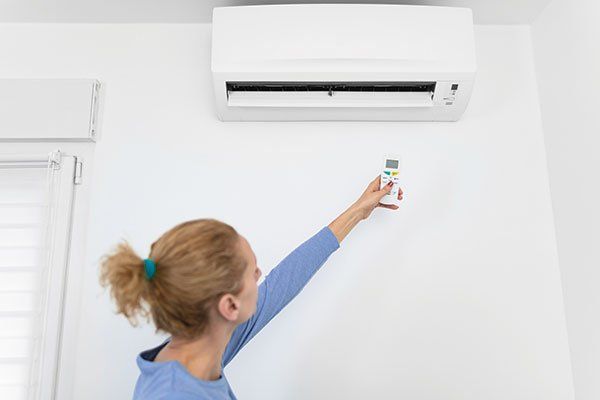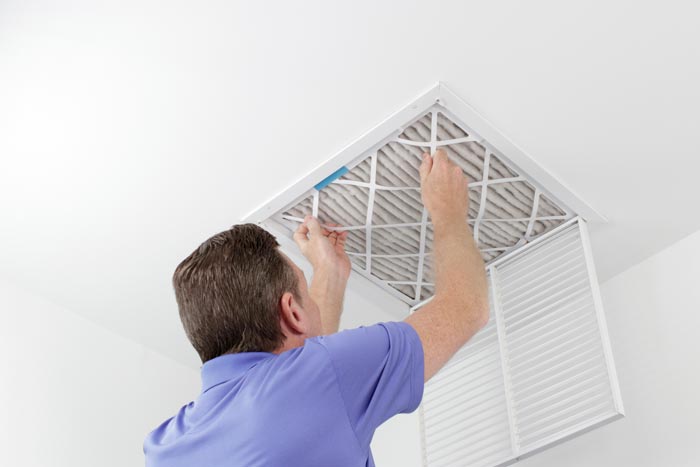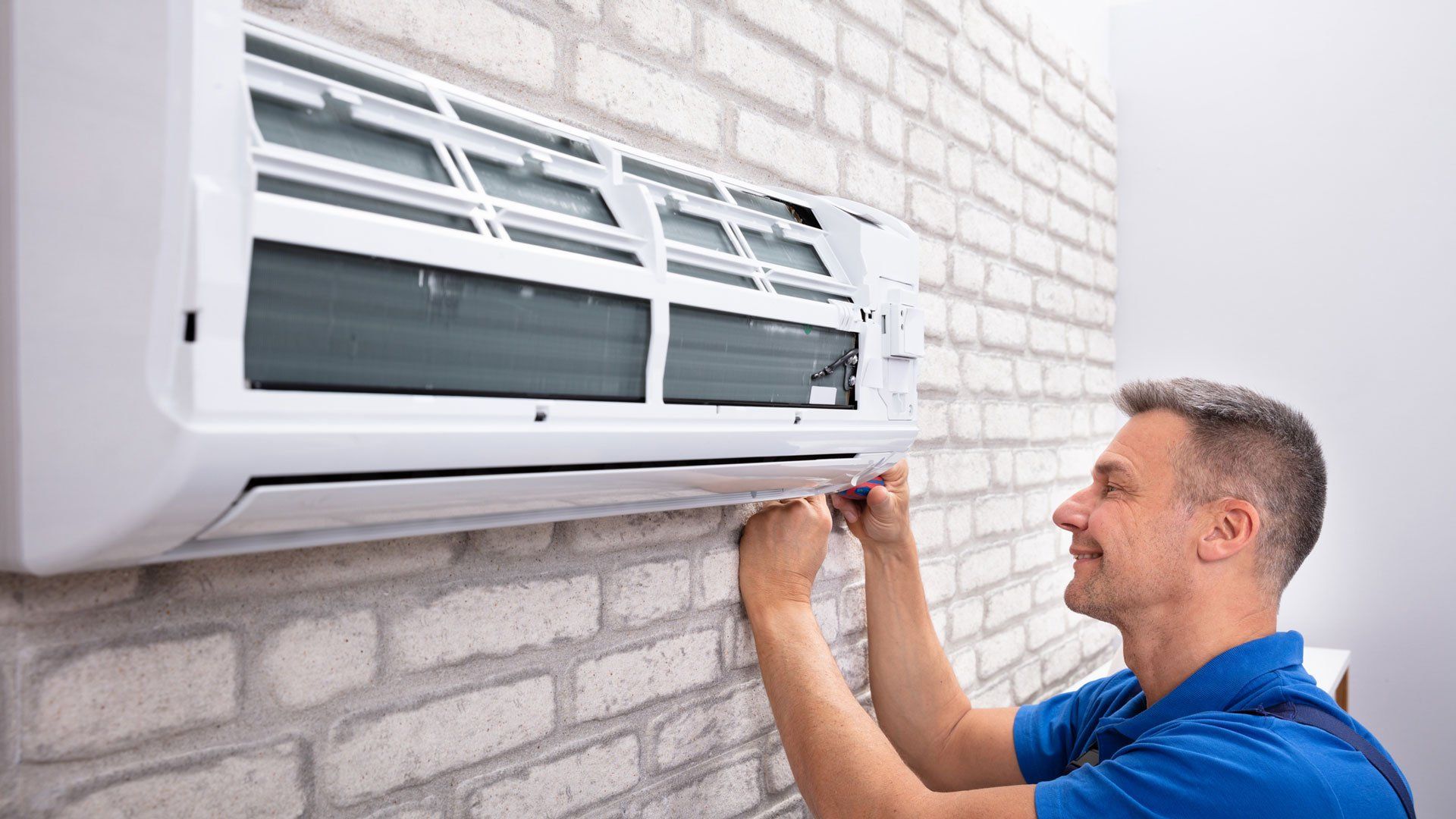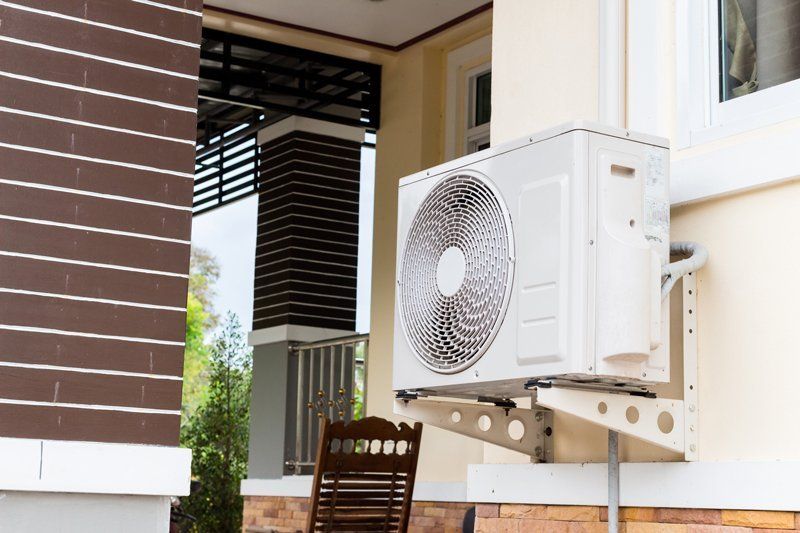4 Thermostat Problems that Affect HVAC Operation
Your HVAC system will work only as well as the thermostat that tells it what to do and when to do it. Whether you have a vintage mercury-driven thermostat or a state-of-the-art digital model, malfunctions in this key component can prevent you from maintaining a comfortable home temperature range.
Once you have a clearer idea of what can go wrong with thermostats and their accessories, you can recognize HVAC problems that might require thermostat repairs, maintenance, or even replacement. Keep an eye out for these four common home thermostat problems.
1. Power Failures
A thermostat has to have a steady, reliable source of power before it can do its job. Many thermostats get this power from a wired connection that feeds 24 volts from your home's electrical system while also employing backup batteries in case of power loss. Other thermostats rely entirely on battery power.
If your thermostat's batteries have run through most of their capacity, it will probably display a clear warning that the batteries need changing. If you can't get any response from your digital thermostat at all, you may have either dead batteries or a loss of hardwired power (which may require repairs to the wiring itself).
Sometimes the power disconnection occurs within the thermostat itself. For instance, if years of dirt, dust, and other debris have interfered with terminal connections, your thermostat can simply stop working. A loose or corroded wire can also cause a thermostat power failure.
2. Location or Position Problems
Thermostats can prove highly sensitive to their surroundings, including their exact location, position, or orientation in the home. Your thermostat can only respond to the immediate temperature surrounding it. A thermostat placed in an unusually warm or cold area may run your HVAC system based on that isolated temperature.
If your previous installer placed your thermostat too close to a door or window, or if you've modified these features so that they let more sunlight into your home, your thermostat could function inaccurately. Additionally, if your home's foundation has shifted, the change in level could affect an older mercury-bulb thermostat's operation.
Your HVAC technician can often solve this problem by re-leveling the thermostat or relocating it farther away from heat or cold sources. If windows provide too much heat for your thermostat, and you don't wish to relocate the thermostat, try covering the windows with thermal blinds or other insulating materials.
3. Heat Anticipator Issues
Traditional dial-type thermostats have a component called a heat anticipator. This disc-shaped electrical resistor lives up to its name by anticipating the final resting temperature of your home and then shutting off your furnace just before the ambient temperature reaches the desired level.
Even a slight flaw in a heat anticipator's calibration can cause your HVAC system to either shut off before it achieves the right temperature or shoot right past that temperature, making your home too warm. You may experience short cycling, with the HVAC system switching on and off too rapidly to maintain comfortable temperatures.
Fortunately, HVAC technicians can solve this problem relatively easily. Your technician will open the thermostat and manually adjust the calibration settings to make the system follow a longer cycle.
4. Old Age
Any mechanical or electronic device can eventually wear out, including an HVAC thermostat. Eventually, you may notice that your HVAC system never runs, runs constantly, or disobeys your thermostat's commands. An aging thermostat may also start showing differences between its settings and actual room temperature.
The expected lifespan of a thermostat can vary greatly, depending in part on how hard you run your HVAC system. Even the most advanced programmable thermostat may last anywhere from five years to over 20 years. As a general rule of thumb, however, you can expect to get ten years of reliable performance.
If you think you may have a thermostat problem,
contact Parks Davis Air Conditioning & Heating. Our team can troubleshoot your entire HVAC system, including the thermostat, and make any necessary fixes to restore comfort to your home.

